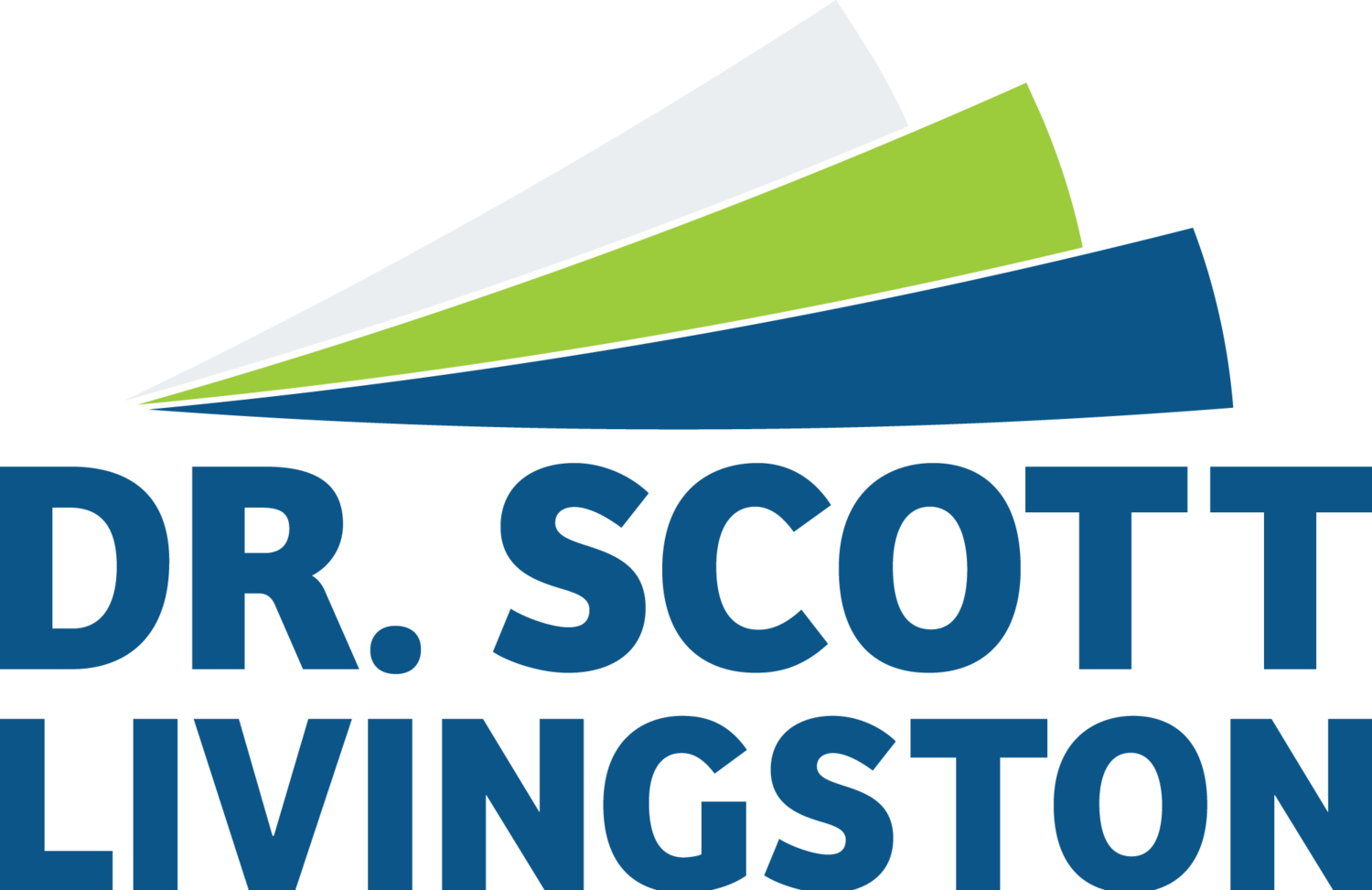A memorial is an object which serves as a remembrance focusing us on something from our past, either personal or historical.
Oftentimes this object is physical, such as a flag, or a piece of stone, or a shape like a cross or star. The physical object serves as a trigger for us to stop, even if just for a moment, to remember. This object interrupts our thinking and causes us to momentarily think of something different.
Sometimes the object is a day. Like today, for instance. Where we pause from our regular flow of activity and do something different.
Memorials take us out of our routine and cause us to do things differently. If we just keep on doing what we have always done, then the memorial really is not having much of an effect on us.
Today, can we all just slow down a bit and think? Maybe about something from our past. Maybe about an interaction we had with someone, how good it was. Or, if it was not so good, what could YOU have done differently to make it better?
I think this is the real challenge of memorials, exemplified in the United States as Memorial Day. Are we willing to stop and really examine ourselves and how WE are behaving?
It is easy to see how others are impacting us. It is much harder to see the impact we are having on those around us. Yet this is the real purpose of memorials.
My wife spoke with a friend on video chat the other day. The friend was recalling an encounter she had with an old friend, let’s call her Sally. As the story goes, the conversation between these two friends drifted to the topic of COVID vaccination. My wife’s friend is a Physician’s Assistant and believes in COVID vaccination, and has taken the vaccine. Sally, however, had an opposite view...such an opposite view that Sally said to my wife’s friend, “I guess this means that we can not be friends.”
What has this world come to?
Have we really lost the ability to think critically?
What I mean by critical thinking is the ability to challenge our own points of view. Assuming that what our particular news stream is feeding us is absolute truth...to the point we would abandon friendships. Have we really lost the ability to empathize with others to the point that we don’t care at all to see things from their point of view? Have we become so lazy that we are unwilling to do the work to understand where someone else might be coming from?
One of the things that really makes the United States stand out in our world is our ability to speak freely. I actually think as a country we are pretty good at this.
What we need to work on is listening.
Why not ask some curious questions to others about why they think what they think rather than just rudely assuming if they have an opposite view from you that they are wrong? At the end of the day, no one says you have to agree, but at least you will have a better understanding of where they are coming from.
Memorials serve as guideposts for behaviors, personally and for society. These objects really are a time for us to step back and reflect on who we are and where we are headed. They give us an opportunity to remember all the good and the bad and to put perspective on each of these.
My hope for you this Memorial Day is that you have the ability to pause and reflect. In this reflection, if someone has an opposing view to yours, I hope you will spend the time to be curious about where they are coming from, rather than having that knee jerk reaction to defend your position.
Perhaps the real work here is to just listen and be curious with them without having to even share your point of view. Let's all work this Memorial Day on our listening skills, rather than sharing our opinions.
May we demonstrate the ability to understand the other person's perspective before we automatically go to war with them over something. May God help us all as we try and find some kindness, compassion, and understanding in our approach to our fellow man.
Happy Memorial Day!




















